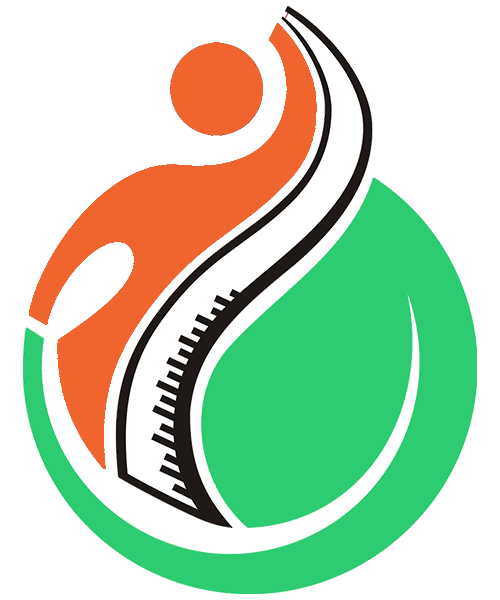What is diverticular disease?
Diverticular disease occurs when small pouches develop in the lining of the large bowel. If these pockets become inflamed or infected, this is known as diverticulitis.
Symptoms can include:
- Altered bowel habits – diarrhea and/or constipation
- Abdominal pain and bloating
- Bleeding.
What causes diverticular disease?
There is not one known clear cause of diverticular disease though a healthy diet with adequate fibre may help reduce the risk and prevent flare ups from occurring. In addition, being physically active, maintaining a healthy weight and limiting your consumption of red meat (less than 455g cooked red meat per week) is recommended.
Should I avoid nuts, seeds and corn?
There is no evidence that nuts, seeds and corn cause a flare of diverticular disease and they can be included as part of a balanced high fibre diet.
What do I eat while I am unwell?
It is recommended you follow a low fibre diet until pain and discomfort settles.
This will minimise irritation to the bowel while it is inflamed. It is not designed to be followed for a long period of time.
What do I eat when I have recovered?
- A high fibre diet is recommended
- Increase fibre gradually to allow your bowels to adjust to the change
- Drink plenty of fluids on a high fibre diet (ask if you are unsure about how much to drink).
What is fibre?
Fibre is the part of plant foods that cannot be digested. It passes through the gut largely unchanged.
What does fibre do?
The role of fibre is to promote healthy bowel function. It adds bulk to the stool and absorbs water to keep it soft, and easy to pass.
Which foods are high in fibre?
- Fruit and vegetables
- Wholegrain breads and cereals
- Nuts and seeds
- Legumes e.g. baked beans, lentils, kidney beans, soy beans

| FOOD GROUP | LOW FIBRE FOODS | HIGH FIBRE FOODS |
| Bread, cereals, rice, pasta, noodles | • White bread, crumpets, English muffins • Refined breakfast cereals e.g. Rice Bubbles, Cornflakes • White rice/ pasta, sago, tapioca, semolina • White flour, cornflour, custard powder • Plain sweet and savoury biscuits or cakes | Wholemeal/ wholegrain bread, crumpets, fruit bread, rye bread • Wholegrain breakfast cereals or any with fruit, nuts or coconut • e.g. muesli, All Bran, Weetbix • Oats and oat bran, muesli bars • Brown rice / pasta • Quinoa • Wholemeal flour, wheat germ • Sweet and savoury biscuits or cakes made with wholemeal flour, nuts, dried fruit, coconut or seeds |
| Vegetables | Ensure all vegetables are peeled and well cooked • Potato, sweet potato, pumpkin, carrot, zucchini • Cauliflower and broccoli florets • Tomato and cucumber with skins and seeds removed • Iceberg lettuce (chop and chew well) • Asparagus tips, button mushrooms • Spring onion (green only), onion, capsicum • Well strained vegetable juice • Tomato puree or paste | Where possible eat the skin when having vegetables • All other vegetables |
| Fruit | • Pawpaw and melon (no seeds) • Cherries, seedless grapes • Peeled peaches and nectarines • Well cooked fruit with no skin/pips • Canned fruits except pineapple • Well strained fruit juice | Where possible eat the skin when having fruit • All fresh fruit • Dried fruit |
| Dairy foods | • All varieties of milk • Plain yoghurt, custard, Fruche, plain cheese, plain or flavoured ice cream | • Desserts containing dried fruit, nuts or coconut • Products containing “chunky fruit” pieces • Flavoured milk with added fibre (e.g. Up&Go) |
| Meat, fish, poultry, eggs, nuts, seeds, legumes | • All meat, chicken or fish • Tofu • Eggs | • Legumes e.g. baked beans, lentils, soy beans, kidney beans • Nuts and seeds • Nut or seed butters (e.g. peanut butter, tahini) |
| Miscellaneous | • All fats including butter, margarine, mayonnaise, oils • Sugar, honey, syrups • Boiled lollies, jubes, chocolate with no fruit, nuts or coconut • Spreads without seeds or skin • Soup made from allowed ingredients, Bonox • Gravy, salt, pepper, dried herbs & spices | Popcorn • Coconut • Chocolate with nuts and fruit • Chutney and pickles |
